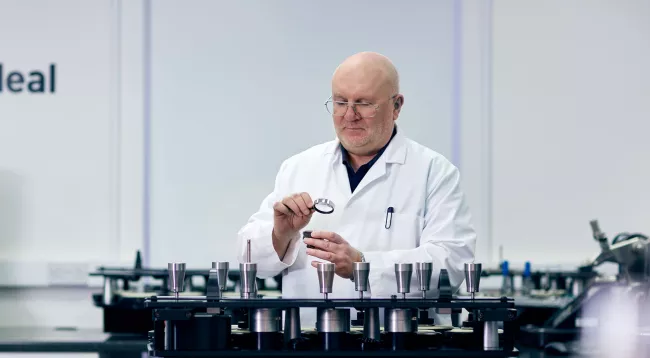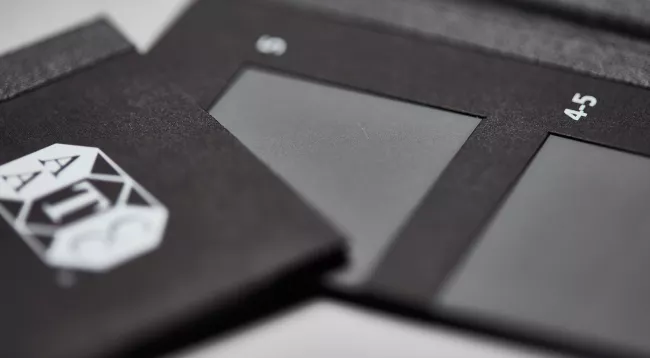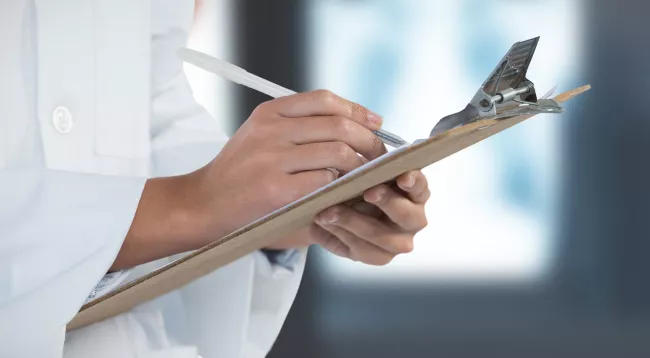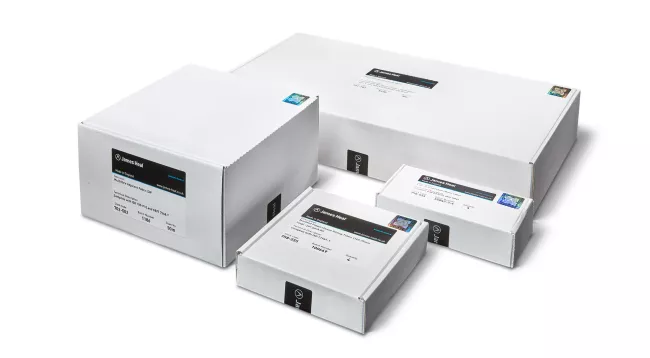In our latest installment of our Your Questions Answered series, we answer your questions on the Fundamentals of Wicking. In our recent Fundamentals of Wicking webinar, presented by our Business Development Manager Alex Mitchell, we were asked a number of interesting and informative questions. We've compiled them below...
Wicking Fundamentals: Your Questions Answered
Categories
Case Studies
Discover companies who we've worked with that use our instruments, test materials and services.
Events
Join us at live events and upcoming online demonstrations and detailed testing insights with our experienced textiles technologists.
Instruments
On this page, you will find all our news, blogs and articles relating to our Instruments. Be the first to learn about our new product developments in materials testing instruments.
Interviews
See the people behind James Heal with our ‘meet the expert’ interviews, including customer case studies
Latest News
Catch up on the latest news and updates from James Heal.
On-demand
Our free on-demand webinars provide detailed insights with experienced knowledge of textiles testing. They are ideal for anyone new to this area of testing, as well as for industry professionals.
Partner Stories
Discover more about our partners - in depth articles about the companies we work with. We have partners based in more than 60 countries around the world.
People
Our people are the heart of all we do, learn more about our team
Technology
Our latest news, blogs and articles relating to James Heal technology. Discover what’s new in the world of materials testing, latest trends and developments from the James Heal lab and innovation hub.
Test Materials
Our latest news, blogs and articles relating to test materials, including James Heal test materials products as well as expert advice and tips from our in-house textile technologists.
Textile Testing: The Essentials
'The Essentials' series is an introduction to textile testing, covering basic principles and testing methods produced by our in-house textile technologists.
Tips & Advice
Access all James Heal TechTalk™ knowledge articles and our latest insights on materials testing.












